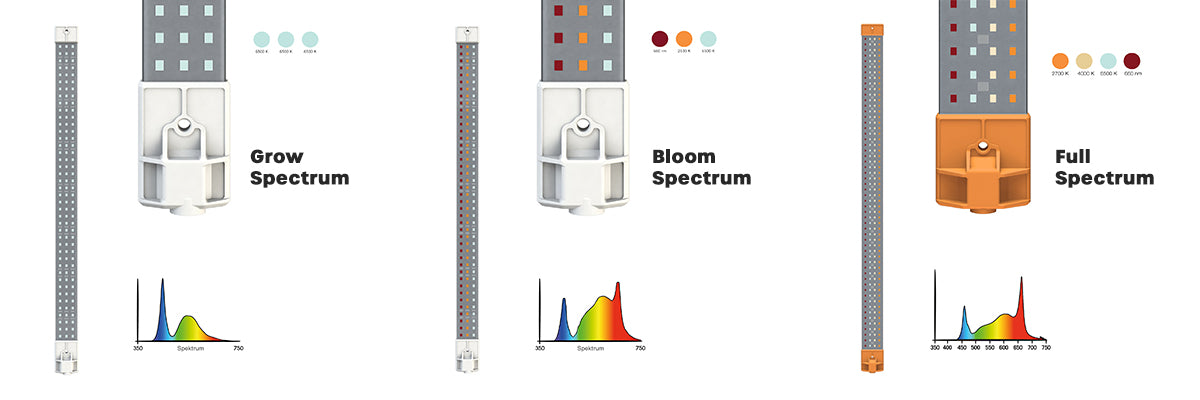
Introduction
The references and recommendations in this topic are based on my setup, and work for me. Therefore take them as guidelines to find your own ideal setup.
I grow indoors with 95% of my plants living in growtents with a controlled environment (light, humidity, temperature, air flow).
In their natural habitat, Anthuriums grow in the shade of trees, where sunlight is filtered through their leaves or bounced off their trunks. This gives the plants soft and indirect light, which helps them thrive. For these tropical plants to thrive indoors we will want to reproduce their natural environment as much as possible to let them grow up to their potential, and thrive.
Light is thus one of the most important aspects for a vigurous growth, and we want to get it right, based on the plant needs.
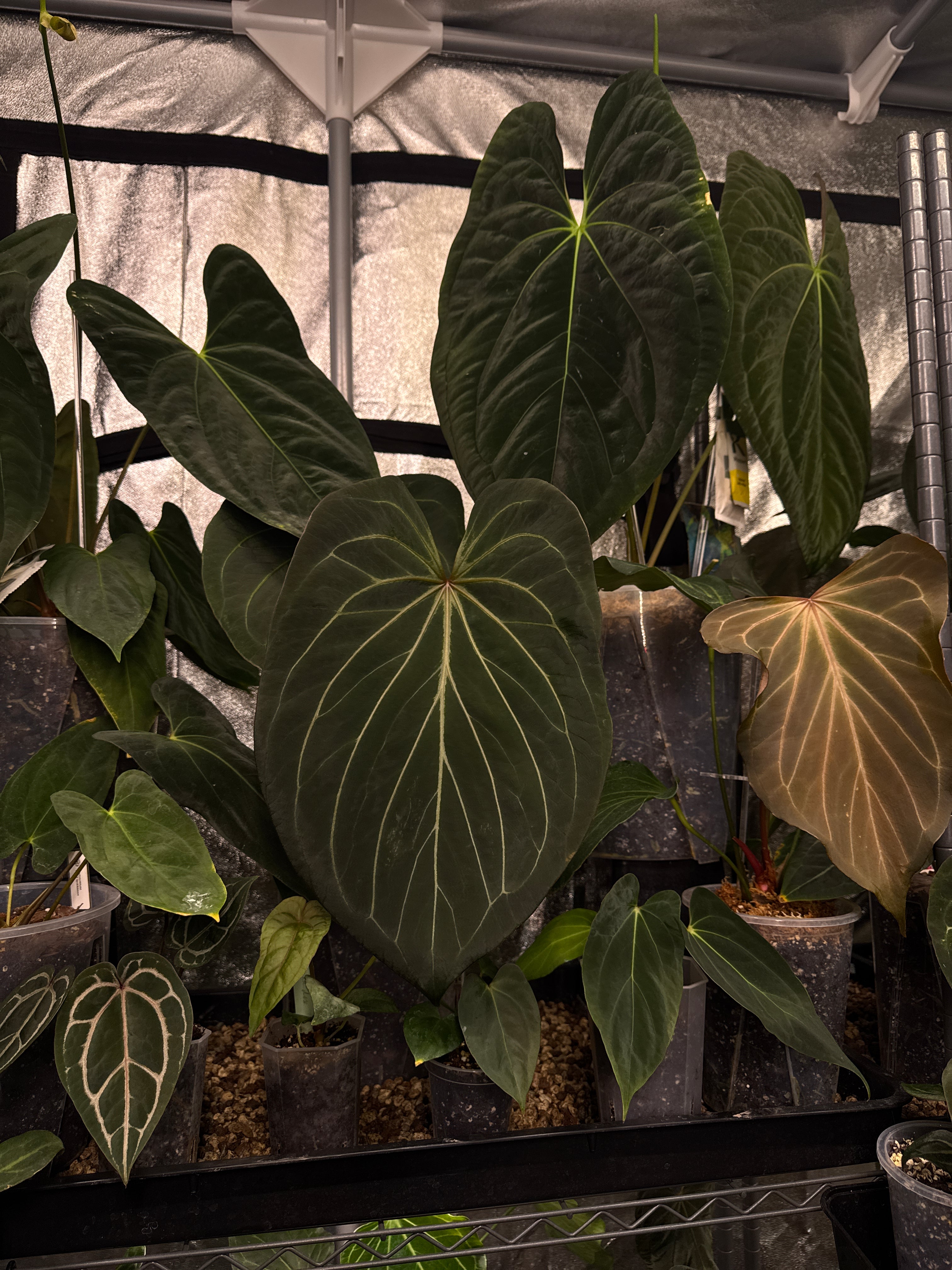
Light placement
My growlights are installed on the ceiling of the tent, as well as under each of the shelves to provide sufficient amount of light to each plant. This also allows me to adjust the light per shelf to make it suitable for plants on certain shelves. My growlights are facing the plant from the top, and at the back of the tent I also have a vertically placed growlight on the support pole of the tent. This lets the leaves to be facing forward more rather than upwards, and creating a nice view (ideal for IG shots) :)
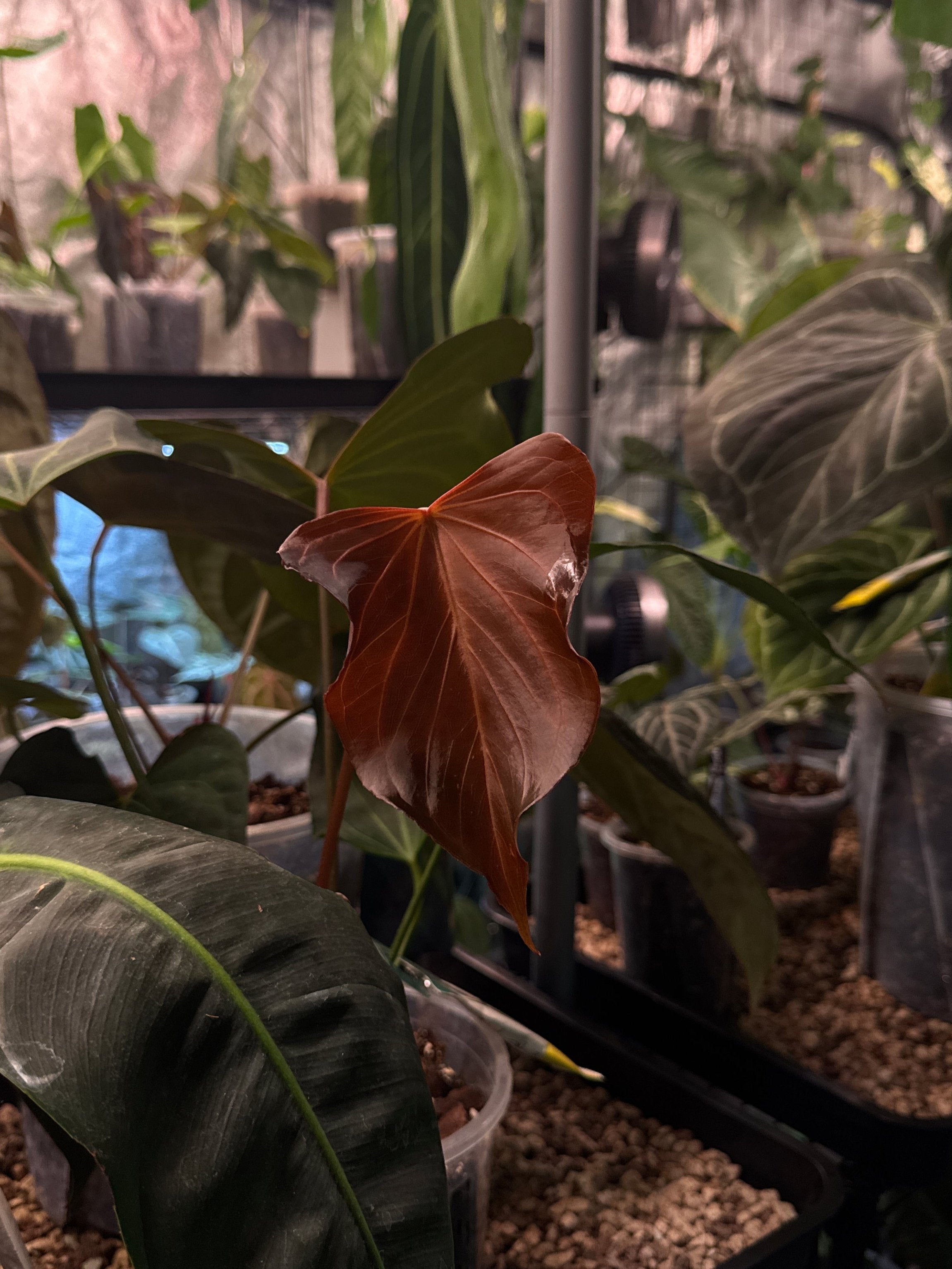
Light Spectrum
I use Secret Jardin Cosmorrow growlights in all my growtents. I use Grow Spectrum for all seedlings and small plants, and Full Spectrum - for medium and large plants. To promote blooming, I occasionally use Cosmorrow Bloom Spectrum when I want to give an extra boost for plants making flowers or producing berries, rather than focusing on their overall growth.
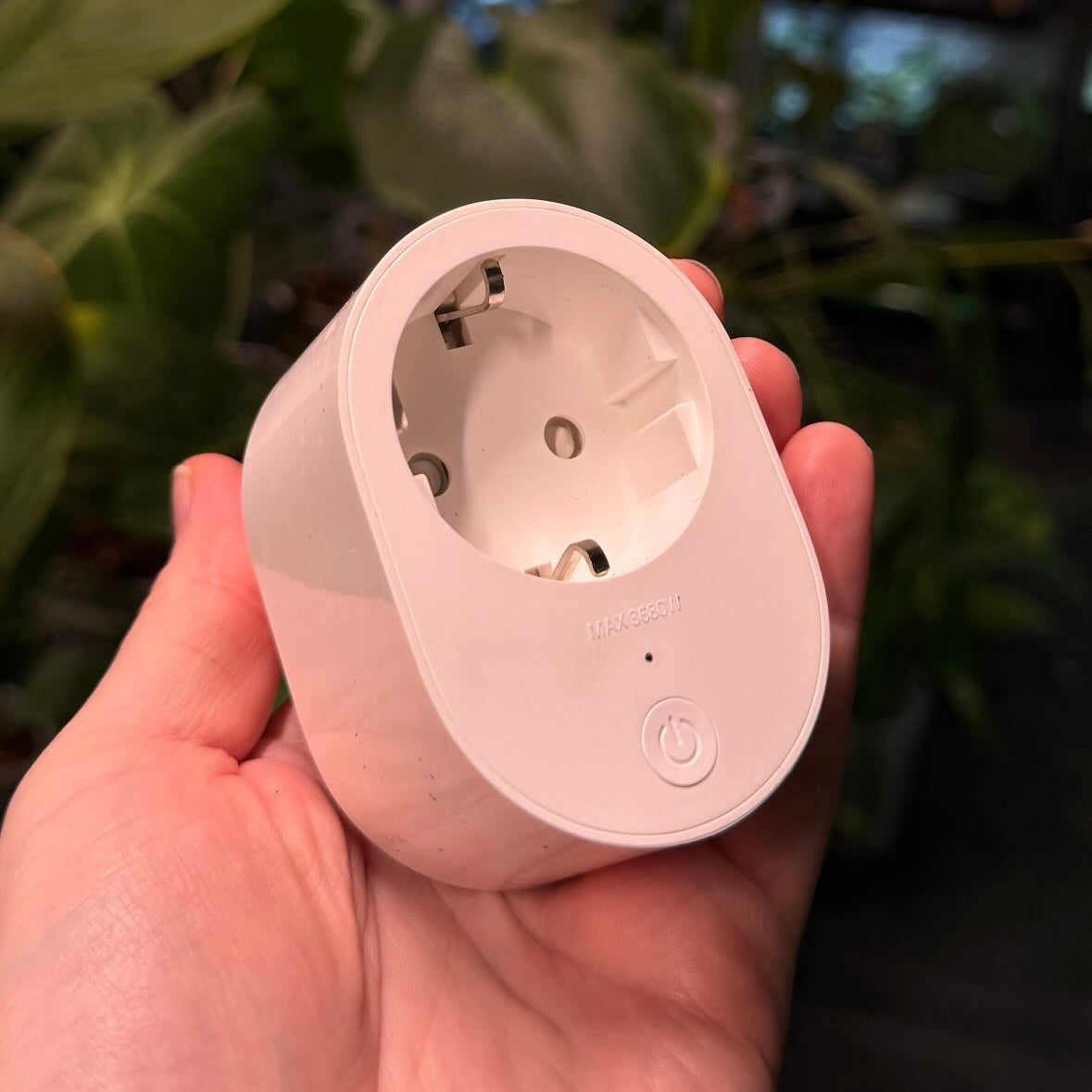
Light schedule
Growlights should be running for at least 10-12 hours a day. In my small propagator tents my lights are running for 12 hours a day, and in my large tent - for 14 hours. To control the lights, I am using a Xiaomi Smart Home system (this includes a hub and smart power plugs) to schedule the growlight on/off cycle.

Light strength
Different species, just like a certain growth phase of the plants, will have different light requirements. Many Anthurium will prefer lower light setting. You will need to find a light strength that isn’t too intense as it could cause leaf burn by making leaves appear pale and bleached/washed out. On other hand, too litthe light will result in long, stretched stems and poorly developed plants.
For measuring the light strength, I use a PPFD light meter that measures the number of PAR photons reaching the (plant) surface. PPFD measures the density of light that plants use for photosynthesis. Similar to how we express brightness in lux, PPFD is quantified in micromoles per second per square meter (µmol/s/m²). Measure the strength of the light at a distance of the plant that is the closest to the light). In general, the ideal light level for (foliage) Anthurium is between 20-100 umol/m2/s.
The full strength of Cosmorrow lights at a 15cm distance is very strong - 205-268 μmol/m2/s depending on the light (Grow/Full Spectrum). In that sense Cosmorrow lights are much brighter/stronger than what Anthurium prefer. However, there is a way to adjust the intensity.
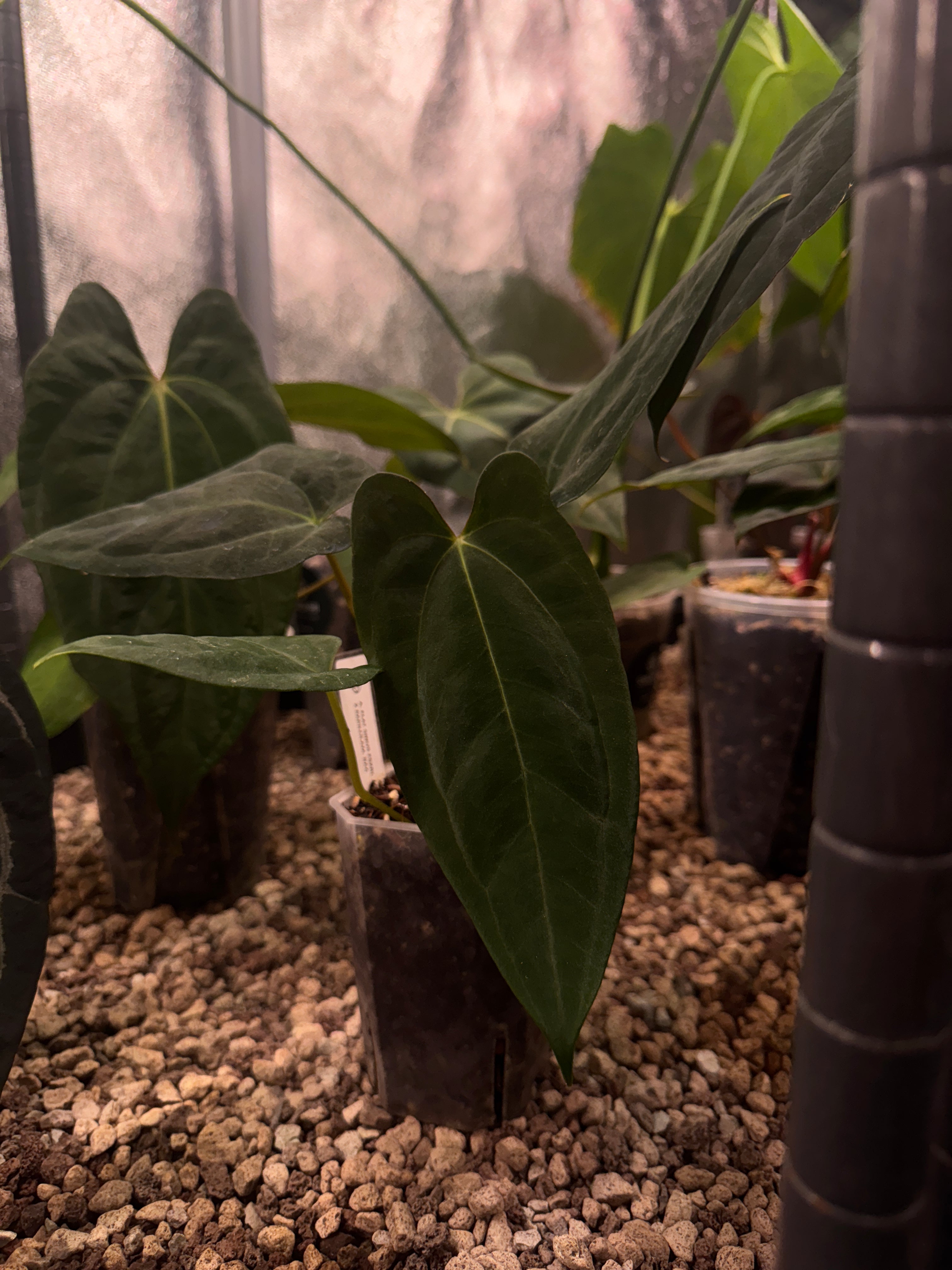
If your lights aren’t dimmable, you can adjust the light intensity by:
- Using a 3rd party LED dimmer (my method)
- Increasing the distance between the light and the plants (minimal recommended distance is 30-40 cm to avoid causing leaf burn)
My light zones are as follows:
- Very low light: 15-20 µmol/m2/s - Ideal for deep shade species like Kunayalense, Dressleri, as well as darker foliage ones
- Low light: 30-40-60 µmol/m2/s - All other medium/large size Anthuriums
- Medium light: 60-80 µmol/m2/s - Seeds, Seedlings (early stage)
